Astronomy Topic 4
1/34
Earn XP
Description and Tags
Astronomy Through the Ages
Name | Mastery | Learn | Test | Matching | Spaced |
|---|
No study sessions yet.
35 Terms
Two Eyed Seeing
Viewing the universe through two lenses: western eyes and indigenous eyes to gain a more holistic understanding of knowledge and perspectives.
Wurdi Yuang
Aboriginal Stonehenge near Glenrowan, Australia, aligning with astronomical events.
Mayan Astronomy
~2000 BC - ~1000 AD
This civilization's extensive study of celestial bodies, involving calendars and aligning structures.
Indigenous Astronomy
Incans: Machu Piccu, ~1400-1600 AD
A study of celestial phenomena
use of astronomical alignments and rituals in alignment with agricultural cycles.
Indigenous Astronomy in the Americas
Eratosthees and Size of the Earthn
He concluded that Alexandria and Syene are 7° apart
on the Earth, and hence ~1/50 of Earth’s
circumference apart. 276-195 BC
Using geometry, he estimated the Earth's circumference to be about 39,375 kilometers.
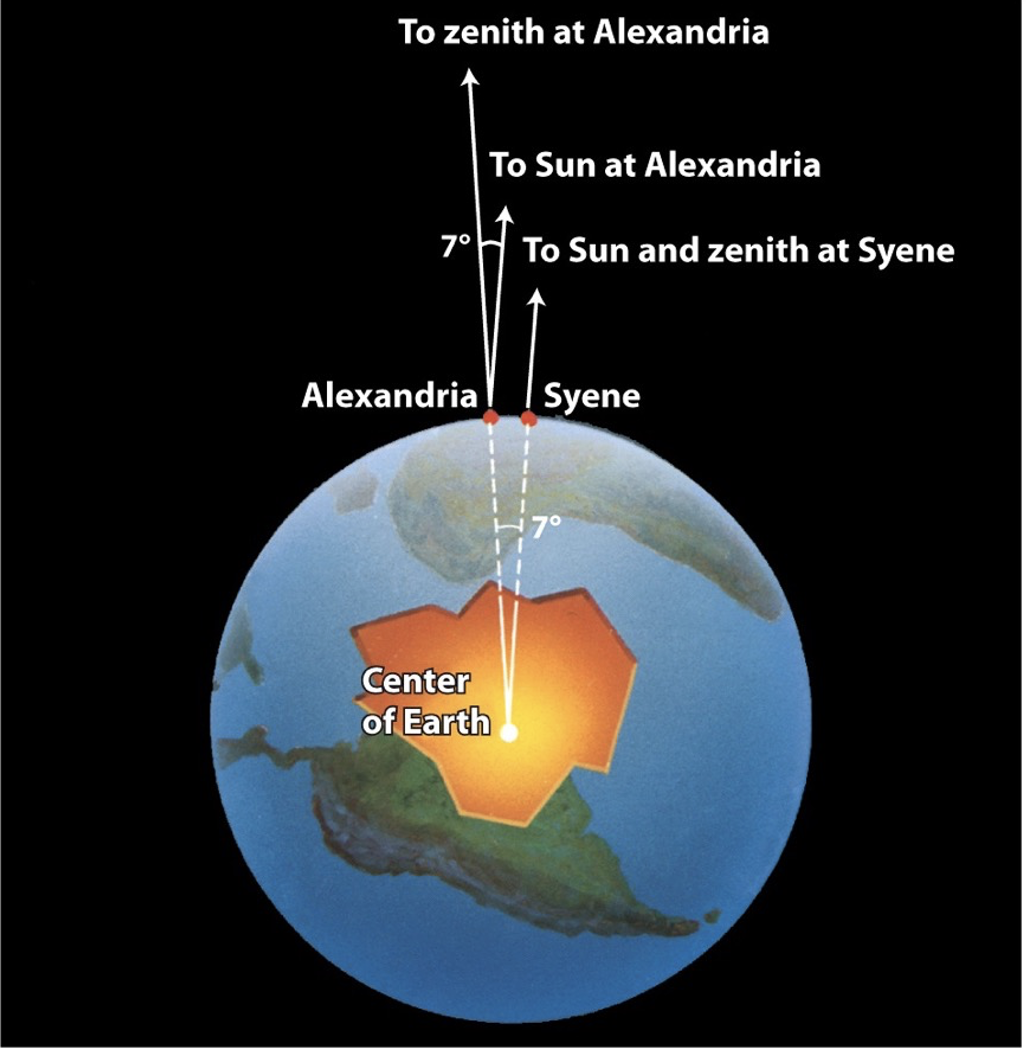
Aristarchus and Distances in Solar System
he found that the Sun is ~20x further away from Earth
than the Moon is, with angle between Sun-Moon 87° (310-230 B.C.)
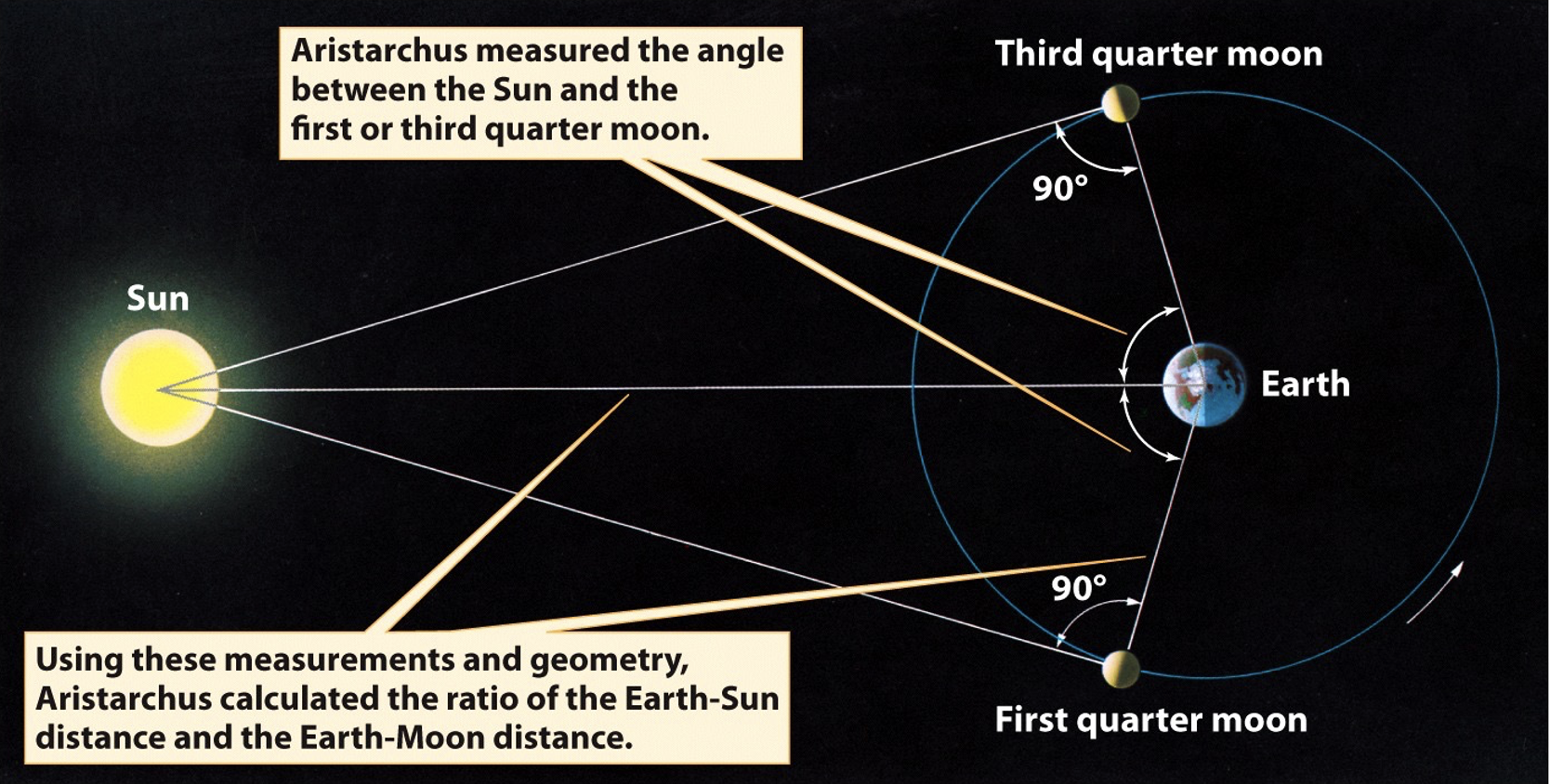
Aristarchus and Size of Moon
He estimated Moon as ~ ½ size of Earth (more like ¼)
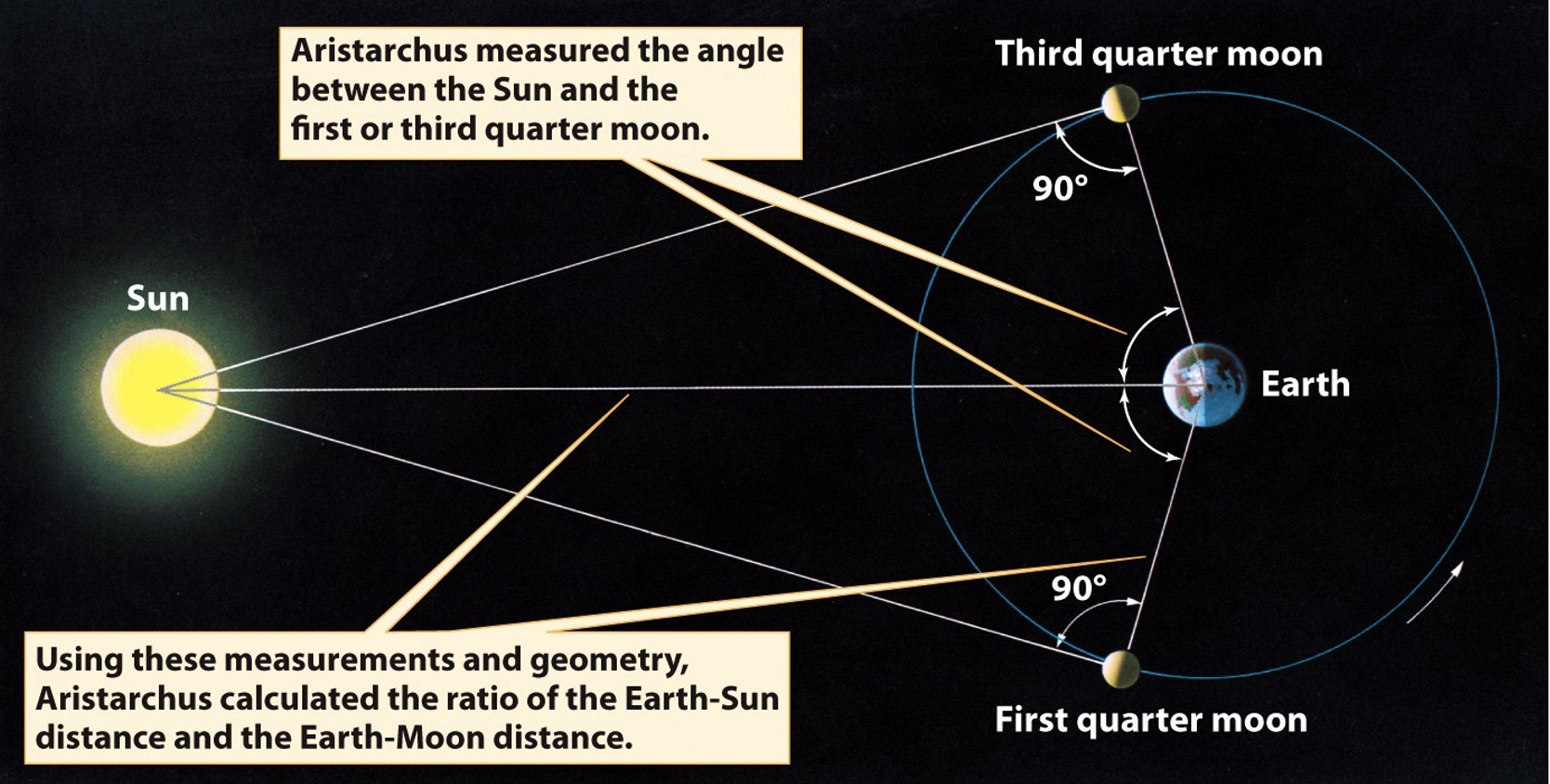
Aristarchus and Size of Sun
He argued that Sun is ~20 times bigger/further than the Moon (in reality ~400 times). Combined with Eratosthenes, could then determine sizes of Moon and Sun, and distances to them.
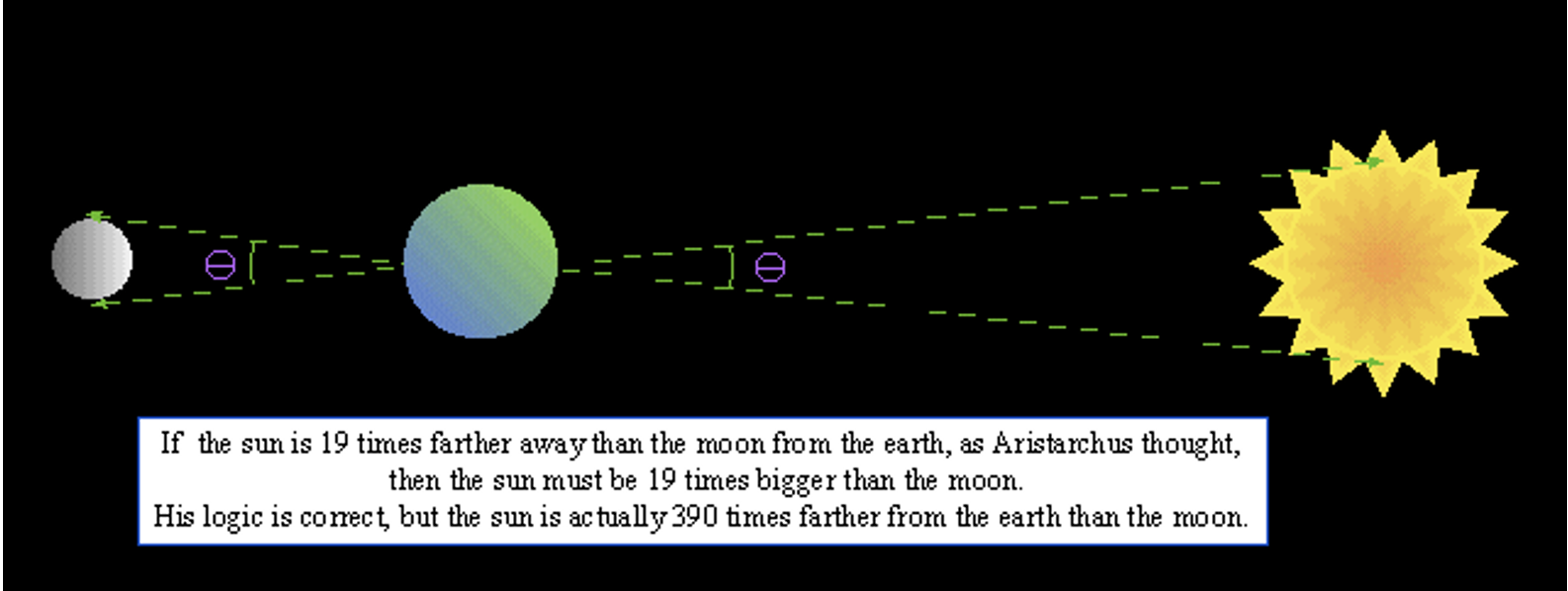
Geocentric Cosmology
The Earth is at the centre, unmoving
The planets, sun and moon orbit us
All motion is in the form of perfect circles
All motion is at uniform speed
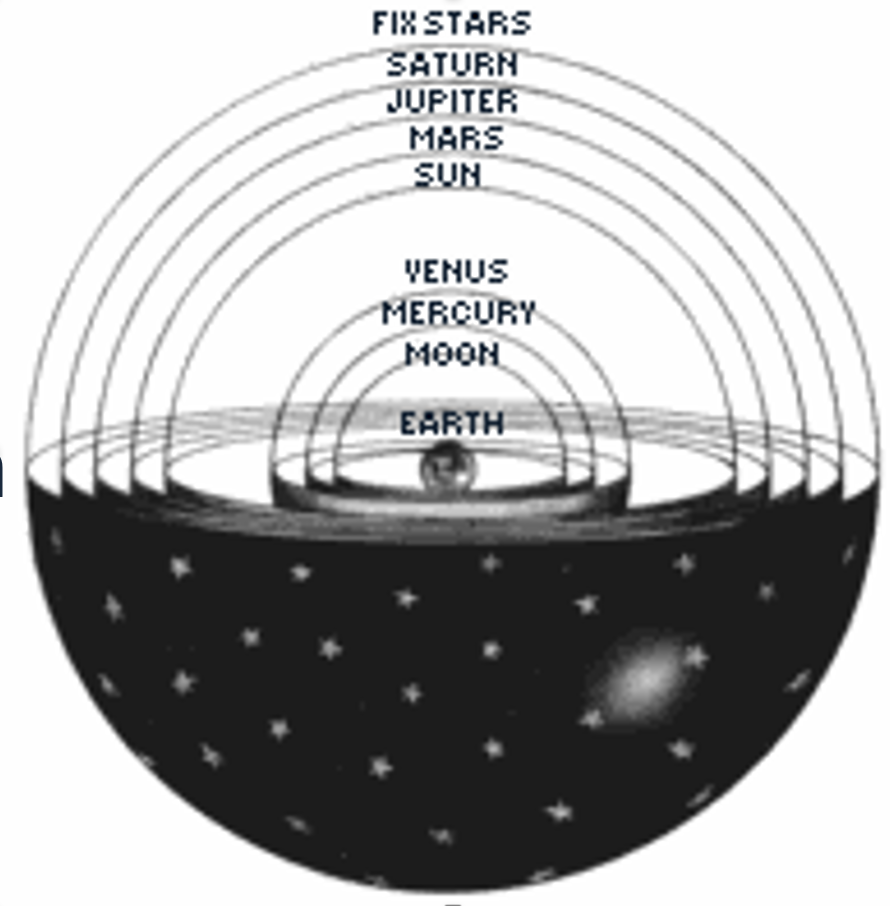
The Greek Geocentric Model
An Earth-centered, or geocentric,model of the universe that posits the Earth as the stationary center around which the Sun, Moon, and stars orbit.
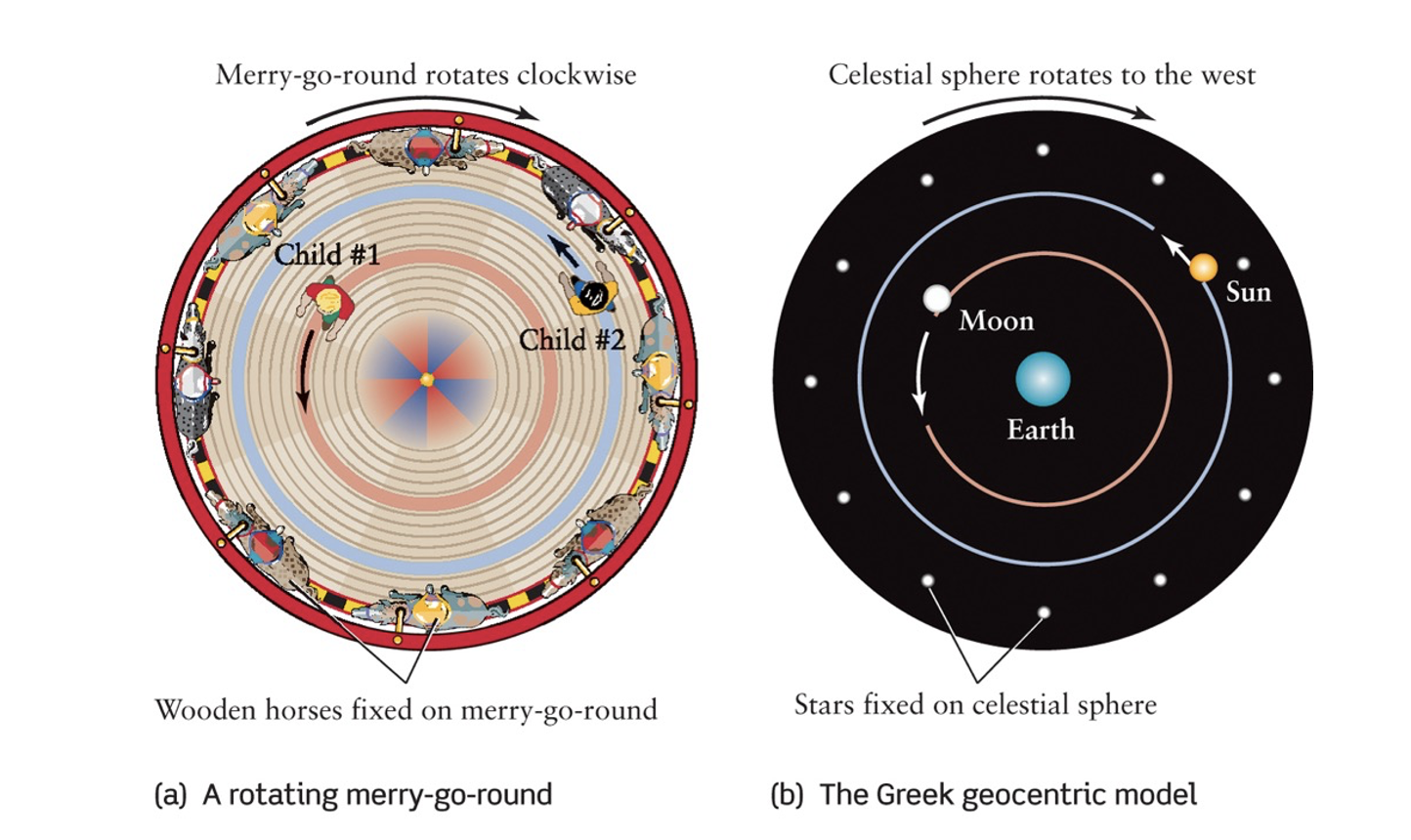
The First Problem with Geocentric Model
The Sun and Moon change their apparent sizes!
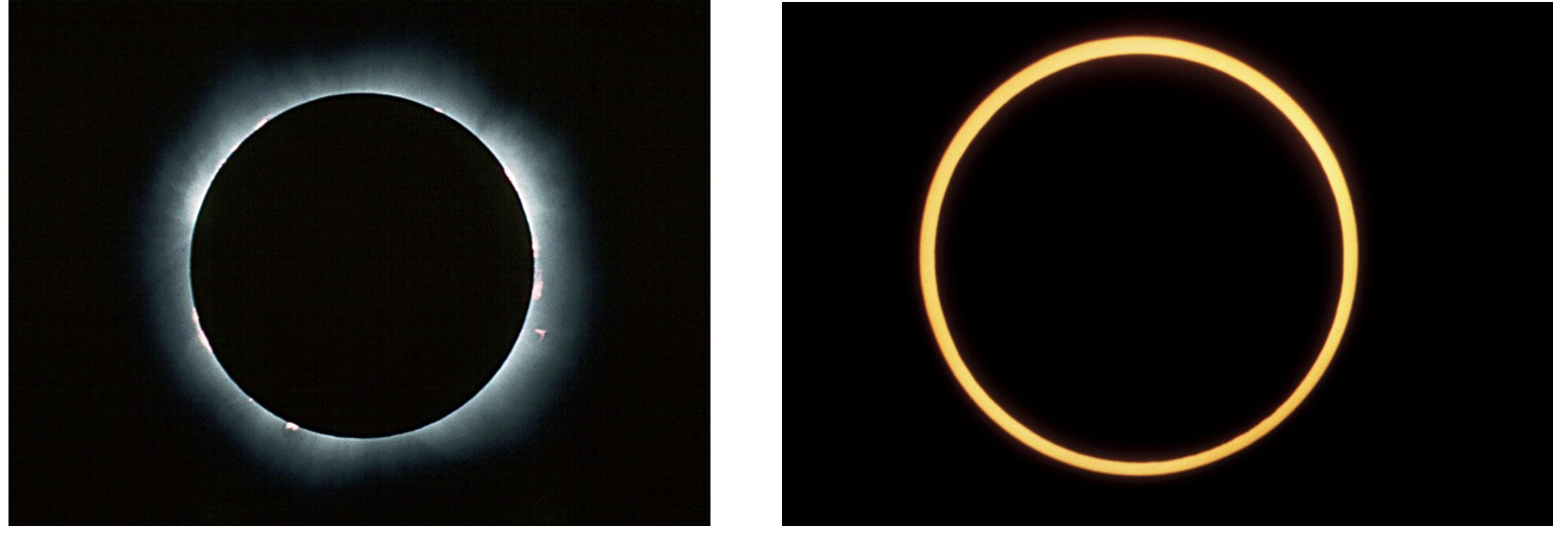
Second Problem with Geocentric Model
The “merry-go-round” model doesn’t explain retrograde motion―periods when the planets appear to move backwards in the constellations. Biggest problem
The Ptolemaic System
To explain retrograde motion, he created a complicated system of spheres on spheres: epicycles and deferents that allowed for the apparent backward motion of planets.
Third Problem with Geocentric Model
Why are they always near the Sun?
(Visible in the twilight or dawn sky, never at midnight) This observation raises questions about the orbits of planets and their position relative to the Earth and Sun, indicating inconsistencies in the geocentric model.
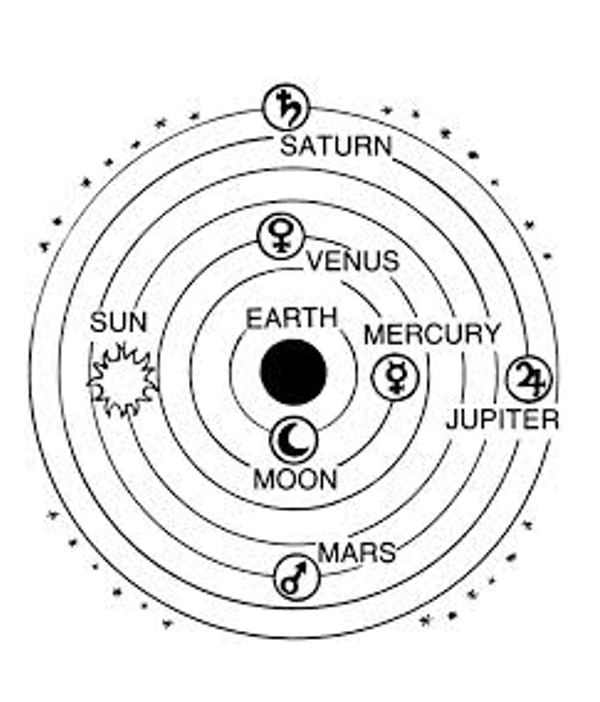
Copernicus
He Wanted to simplify; disliked the contrived Ptolemaic model.
Hesitated to publish.
But places Sun at the center! *Not the first … (1473-1543)
remember Aristarchus
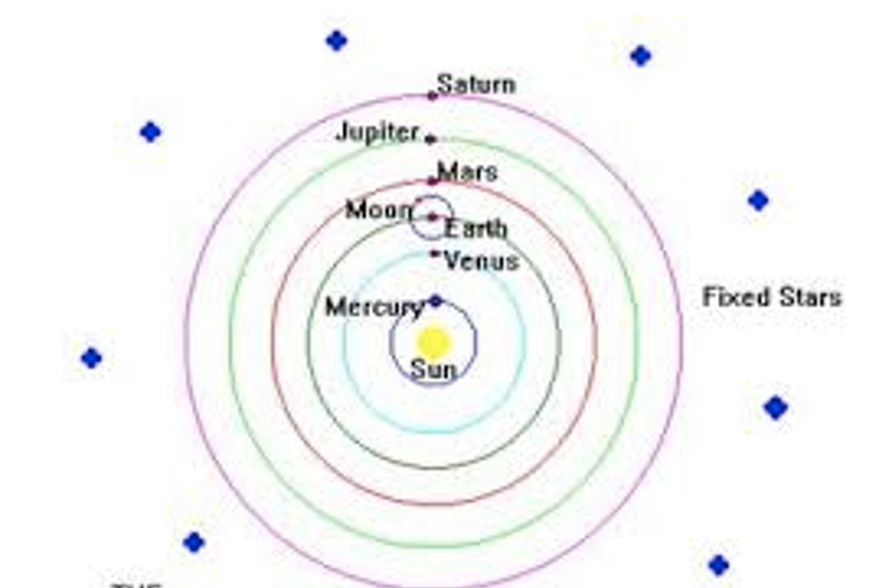
heliocentric model
An astronomical model that places the Sun at the center of the universe, with planets, including Earth, orbiting around it, contrasting with the geocentric model.
retrograde motion
The apparent movement of a planet in the opposite direction to its usual orbit, often observed from Earth. This phenomenon is explained by the relative positions and motions of Earth and the other planets.
superior planet
A planet outside Earth's orbit, such as Mars, Jupiter, or Saturn, which appears to move more slowly in the sky compared to inner planets.
inferior planet
A planet that orbits inside Earth's orbit, such as Mercury or Venus, which appears to move more quickly in the sky compared to outer planets.
inferior conjunction
The alignment of an inferior planet with the Sun, where the planet is directly between the Earth and the Sun.
superior conjuction
The alignment of a superior planet with the Sun, where the planet is positioned directly opposite the Earth from the Sun.
opposition
The position of a planet when it is directly opposite the Sun from Earth, maximizing visibility and brightness. This alignment occurs for superior planets and is an important event for observation.
Elongation
the angle between the Sun and a planet, as viewed from Earth.
Conjunction
a planet and the Sun lining up, as viewed from the Earth.
Sidereal Period of Inferior Planet to Synodic Period
1/P = 1/E + 1/S
P=sidereal period S = synodic period
E=Earth’s sidereal period = 1 year = 365.25days
The time it takes for an inferior planet to complete one orbit around the Sun relative to the distant stars, typically shorter than its synodic period.
Sidereal Period of Superiors Planet to Synodic Period
1/P = 1/E – 1/S
P=sidereal period S = synodic period
E=Earth’s sidereal period = 1 year = 365.25days
The time it takes for an inferior planet to complete one orbit around the Sun relative to the distant stars, typically shorter than its synodic period.
Galilea’s important discoveries
First 4: Features on the moon, Sunspots and their motions,Extensions on Saturn, and Stars in the Milky Way
included the 4 moons of Jupiter, the phases of Venus, sunspots, and the rings of Saturn.
Phases of Venus
This discovery of Galileos was key to support the heliocentric model of the universe
Galileo’s Trial and House Arrest
After opposing the Catholic Church's geocentric views, Galileo was tried by the Inquisition in 1633 and found guilty of heresy. He spent the remainder of his life under house arrest, continuing his scientific work.
moons of Jupiter
Discovered by Galileo, these four objects—Io, Europa, Ganymede, and Callisto—provide critical evidence for the heliocentric model of the solar system.
Tycho Brahe and Kepler’s Laws of Planetary Motion
three laws of planetary motion, describing the elliptical orbits of planets and how they move around the sun
parallax
the apparent shift in position of an object viewed from different angles, used to measure distances to nearby stars.
Keplers 3 questions
1. What shapes are planetary orbits? Are they really circles?
2. Do planets move at constant speed in their orbits?
3. How do the different planets compare in their speeds and/or orbital periods?